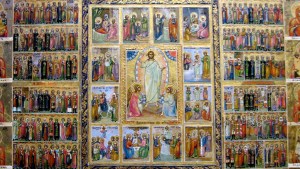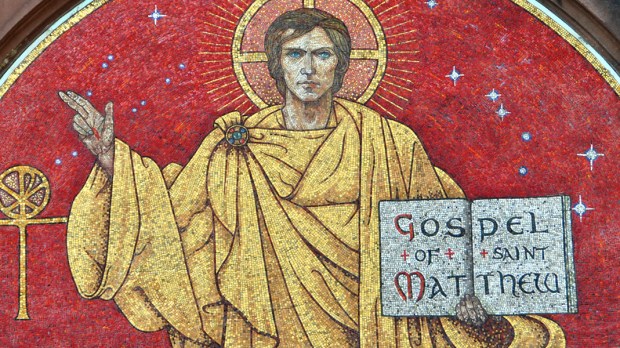Prior to the Second Vatican Council, the Roman Rite of the Catholic Church had a yearly cycle of readings that didn’t change from year to year. While there were certain advantages to the yearly repetition of readings, the Church thought it prudent to provide a much more varied selection of readings from the Bible, creating a three-year cycle.
This was established to put more emphasis on the Word of God and open up the riches of the Bible to the lay faithful.
According to the General Introduction to the Lectionary, “The present Order of Readings for Mass, then, is an arrangement of biblical readings that provides the faithful with a knowledge of the whole of God’s word, in a pattern suited to the purpose. Throughout the liturgical year, but above all during the seasons of Easter, Lent, and Advent, the choice and sequence of readings are aimed at giving Christ’s faithful an ever-deepening perception of the faith they profess and of the history of salvation.”
However, it can be confusing to the average person which year in the cycle it is, especially if that person wants to read the readings prior to arriving at Mass on Sunday.
First of all, each of the three years is dedicated to a different Gospel.
- Year A – Gospel of St. Matthew
- Year B – Gospel of St. Mark
- Year C – Gospel of St. Luke
The Gospel of St. John is typically used for solemnities and during Holy Week, and the shorter Gospel of Mark is usually supplemented with readings from Matthew and Luke in Year B.
One of the simplest ways to determine the cycle year is to add the digits of the calendar year and see if they are divisible by three. If it is divisible by three, then it is “Year C.” Once you figure that out, the rest of the years are easy to determine.
Here is 2019 to use as an example.
2 + 0 + 1 + 9 = 12. Since 12 is divisible by 3, 2019 is “Year C.”
This means that 2020 will be “Year A,” since it is a three-year cycle.
However, its important to note that the liturgical year begins in Advent. As a result, the 2020 liturgical year started in December 2019.
To check your work, you can always look at the USCCB liturgical calendar, which clearly states which year we are in for the Sunday readings.

Read more:
Did you know Mass readings in the early Church were almost always as long as Palm Sunday?

Read more:
What is the liturgical year and where did it come from?

